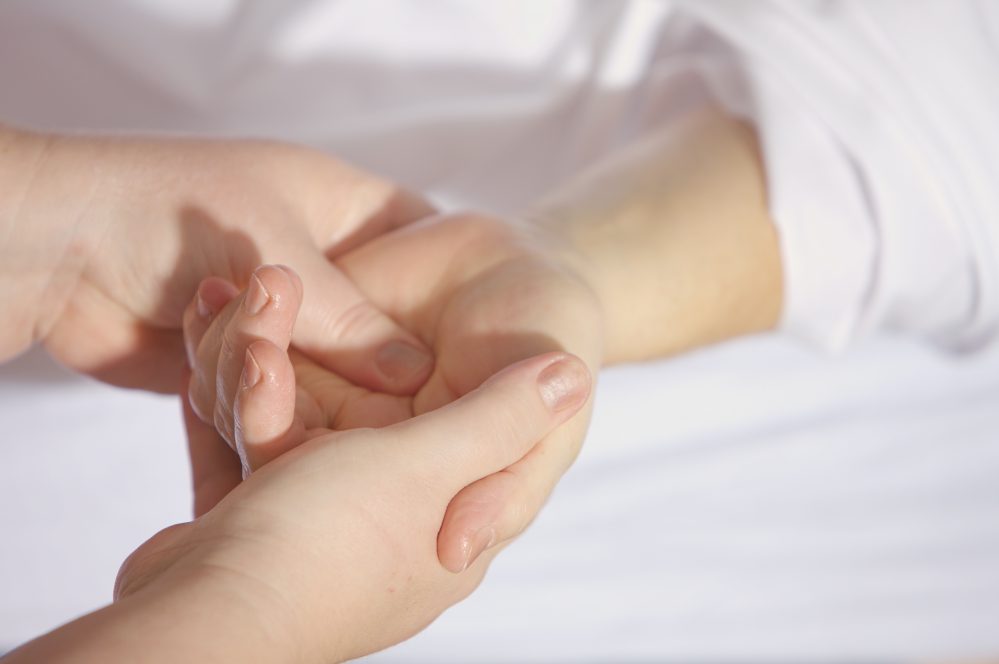For those seeking to enhance their well-being and support a healthy lymphatic system, learning how to do lymphatic drainage massage can be highly advantageous. Lymphatic drainage massage, characterized by its gentle and effective approach, helps to stimulate the movement of lymph—a vital bodily fluid that plays a crucial role in boosting immunity and promoting good health.
In this comprehensive guide, we will provide essential tips and techniques crucial for the proficient execution of a lymphatic drainage massage. Whether you are a seasoned massage therapist or someone keen on self-care, these techniques can pave the way toward enhanced health and vitality.
What Is Lymphatic Drainage?
Lymphatic drainage, often called manual lymphatic drainage or lymphatic massage, is a therapeutic technique designed to promote the optimal functioning of the lymphatic system. This system is responsible for transporting lymph, a clear fluid containing white blood cells and waste products, throughout the body.
Understanding how to do lymphatic drainage massage is crucial as it involves gentle, rhythmic strokes and specific hand movements that help stimulate lymphatic flow. By performing this massage correctly, individuals can encourage the removal of toxins, reduce swelling, support the immune system, and enhance well-being. Whether performed by a professional therapist or as a self-lymphatic massage at home, this technique can maintain a healthy lymphatic system and promote overall health.
Lymphatic Drainage Massage Benefits
Lymphatic drainage massage offers many benefits. Firstly, this technique promotes detoxification by removing waste products and toxins from the body, reducing inflammation, and improving immune system function. Additionally, it can be particularly beneficial for reducing edema and managing conditions like lymphedema.
Lymphatic drainage massage also enhances circulation, contributing to healthier skin and more efficient nutrient absorption. Beyond its physical advantages, this therapy is deeply relaxing, helping to alleviate stress and anxiety. Whether you’re interested in full-body lymphatic drainage massage or targeting specific areas, the overall result is a revitalized sense of balance and harmony within the body.
How to Do Lymphatic Drainage Massage?
Lymphatic drainage massage requires careful preparation and precise execution to achieve its full potential. Before beginning the massage, creating a calming atmosphere and ensuring the practitioner and recipient are comfortable is essential.
Preparing for the massage
Lymphatic drainage massage begins with the recipient lying comfortably, usually supine or semi-reclined. Before diving into the specific techniques, start by engaging in lymphatic breathing. Encourage your recipient to take deep, slow breaths, emphasizing the importance of proper inhalation and exhalation throughout the session. This helps to create a sense of relaxation and primes the lymphatic system for improved fluid flow.
To further prepare the body, use gentle, sweeping motions to warm up different areas before applying the more targeted techniques. Start with light strokes on the neck and shoulders, gradually working your way down to the arms and hands. This warming-up process ensures the recipient is relaxed and ready for the more focused lymphatic drainage massage techniques.
Massage techniques to use
The massage technique depends on the specific body area that needs attention. There are two main categories: upper-body and lower-body massage techniques designed to address these particular regions’ unique muscle structure and tension patterns.
Upper body massage techniques

Begin with the chest, using gentle, circular motions. Move to the shoulders, applying light pressure and soft, sweeping strokes to encourage lymph flow. Continue down the upper arm, performing strokes toward the lymph nodes. Pay special attention to the armpit area, where many lymph nodes are located. Lastly, address the fingers and hands, employing delicate movements to stimulate lymphatic circulation in these areas.
Lower body massage techniques
Start with the upper leg, using long, sweeping motions from the knee upwards, always moving towards the lymph nodes in the groin area. Gradually transition to the lower leg, applying similar strokes toward the lymph nodes behind the knee and the groin. Finish by gently working on the toes, using small circular motions to promote lymphatic drainage in the extremities.
Tips when performing lymphatic drainage massage at home

To ensure a safe and effective experience when performing lymphatic drainage massage at home, it’s essential to remember some key tips. Firstly, create a serene environment with dim lighting and soothing music to enhance relaxation. Use a comfortable surface for the recipient to lie on, such as a padded yoga mat or massage table.
Next, remember to maintain gentle, consistent pressure throughout the massage, avoiding forceful movements or deep tissue techniques. Always follow the natural flow of lymphatic pathways, directing your strokes toward the nearest lymph nodes.
Lastly, stay hydrated before and after the massage to support the body’s detoxification process. By adhering to these tips and practicing lymphatic drainage massage with care, you can harness its full benefits in the comfort of your own home.
How to Know Whether the Massage Is Working?
Recognizing whether a lymphatic drainage massage works involves paying attention to subtle yet significant cues from your body. Initially, you may notice a deep sense of relaxation and reduced tension as the massage progresses, indicating that your body is responding positively to the therapy. Another sign of effectiveness is a feeling of increased lightness and reduced swelling in previously congested or edematous areas. Sometimes, you might notice an improved range of motion in joints and limbs due to reduced inflammation. Additionally, the massage may increase urination as your body eliminates toxins and excess fluid more efficiently.
It’s important to remember that the effects of lymphatic drainage massage can be cumulative, so that regular sessions can lead to more pronounced and lasting benefits. Ultimately, your body’s response and achieving your wellness goals are the best indicators of whether the massage effectively supports your lymphatic system and overall health.
When Is Lymphatic Drainage Massage Not Recommended?
Lymphatic drainage massage is typically considered safe and advantageous for the majority of people. Nonetheless, there are specific circumstances where it might not be advisable:
Active infections: Avoid lymphatic drainage massage if you have an active infection or fever, as it could spread pathogens throughout the body.
Recent surgery: Refrain from lymphatic drainage massage immediately after surgery, especially in the surgical area, unless a healthcare professional advises.
Heart conditions: Individuals with severe heart conditions should consult their doctor before receiving this massage, as it can affect circulatory function.
Kidney or liver dysfunction: Lymphatic drainage may not be suitable for individuals with severe kidney or liver problems, as it may increase the load on these organs.
Blood clots: If you have a history of blood clots or are at risk for clot formation, avoid lymphatic drainage massage in affected areas, as it could dislodge clots.
Cancer: Specialized techniques are needed for individuals with a history of cancer or undergoing cancer treatment; consult with a trained therapist experienced in oncology massage.
Pregnancy: While lymphatic drainage can be beneficial during pregnancy, it should be performed by a therapist trained in prenatal massage to ensure safety.
Always consult with a healthcare provider before beginning any new massage therapy, especially if you have underlying medical conditions or concerns about its suitability for your specific situation.
Wrapping Up
In conclusion, mastering the art of lymphatic drainage massage through understanding its techniques can be a transformative journey toward improved well-being. This gentle and rhythmic therapy offers many benefits, from detoxification to alleviated swelling.
Whether performed by a trained therapist or as a self-care practice at home, the knowledge of how to do lymphatic drainage massage empowers individuals to take charge of their health and embrace a path to rejuvenation.
As you embark on this journey, remember that patience and practice are key. With the proper techniques, a serene environment, and a focus on the body’s natural flow, lymphatic drainage massage becomes a powerful tool for fostering balance, vitality, and a deeper connection with your well-being.
Frequently Asked Questions (FAQs):
What does a lymphatic drainage massage do?
A lymphatic drainage massage helps stimulate the lymphatic system, encouraging the flow of lymph fluid, which can reduce swelling, detoxify the body, and improve immune function.
How do I know if I need a lymphatic drainage massage?
You might benefit from a lymphatic drainage massage if you experience swelling (edema), chronic fatigue, frequent colds, or a feeling of heaviness in the limbs. Always consult a healthcare professional for personalized advice.
How do I drain my lymphatic myself?
You can perform self-lymphatic drainage using light, gentle strokes toward the heart, starting at the neck, then moving to other areas like the arms and legs. Deep breathing and staying hydrated also help support lymph flow.
What happens to your body after lymphatic drainage massage?
After a lymphatic drainage massage, you may feel more relaxed and notice a reduction in swelling. Some people report feeling more energized, and it’s common to need to urinate more frequently as the body eliminates toxins.